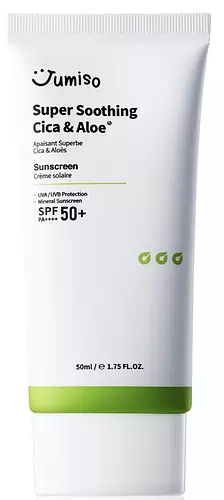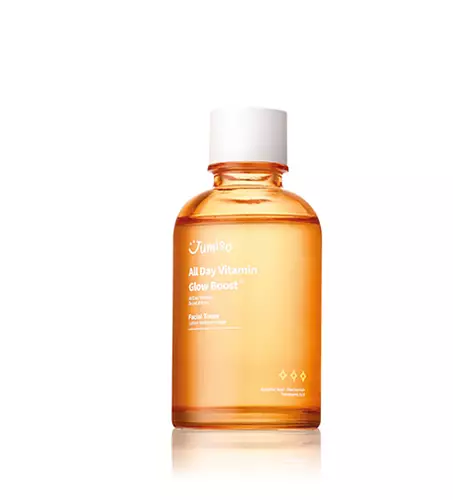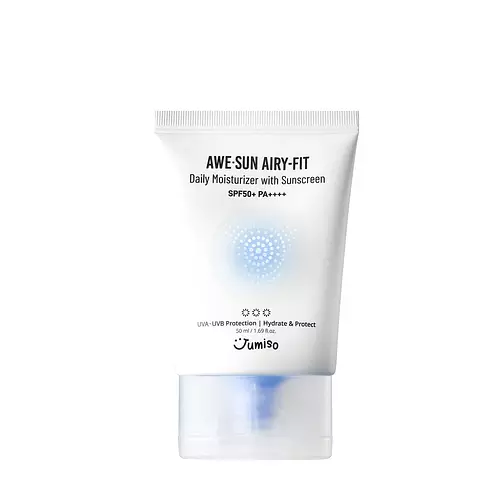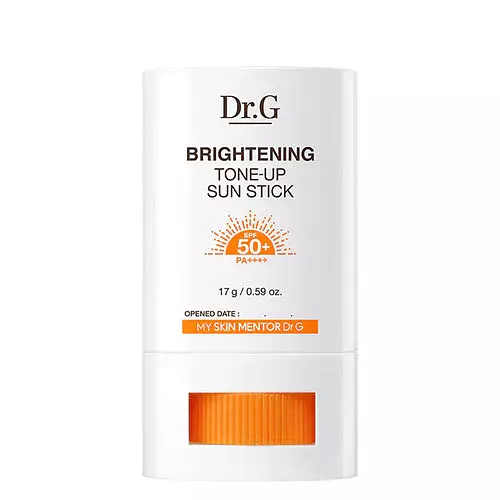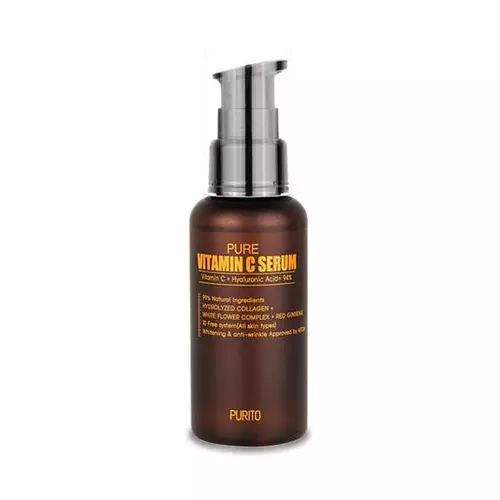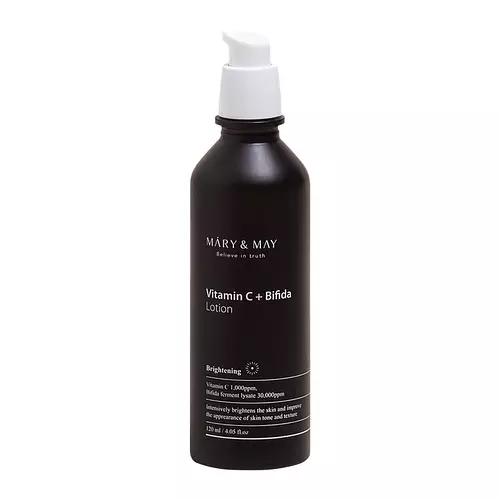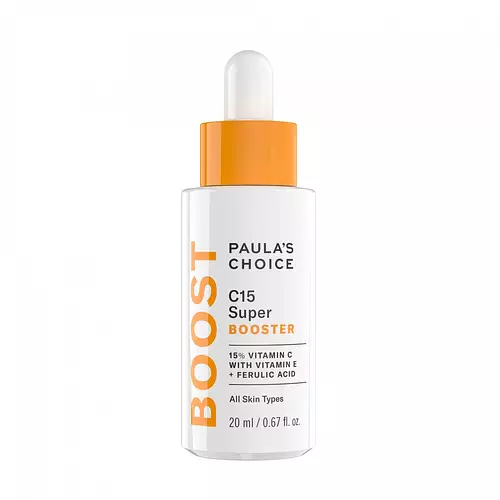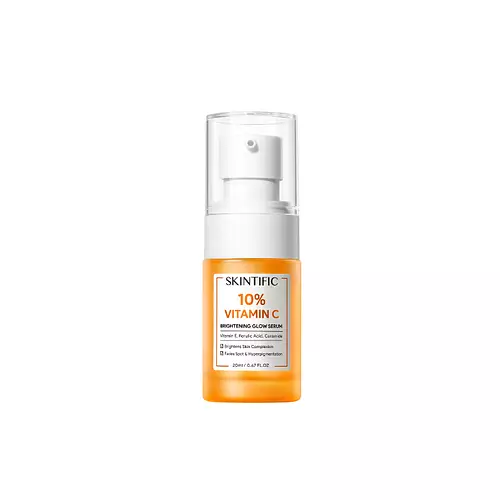Updated on September 03, 2023
Overview
What they are
These products are both vegan and cruelty-free . They have a total of 4 ingredients in common
Cool Features
They both contain Vitamin C
Suited For
They're both likely to be good for brightening skin and sensitive skin
Free From
They both do not contain any harsh alcohols, common allergens, oils or parabens
We independently verify ingredients, and our claims are backed by peer-reviewed research. Spot a product that needs an update? Let us know.
Ingredient Info
JUMISO Super Soothing Cica & Aloe Sunscreen SPF 50+ PA++++ 42 ingredients
JUMISO All Day Vitamin Glow Boost Facial Toner 26 ingredients
- Hexyl Laurate
- Polyglyceryl-4 Diisostearate/Polyhydroxystearate/Sebacate
- Polyglyceryl-6 Polyhydroxystearate
- Polyhydroxystearic Acid
- Polyglyceryl-2 Isostearate
- Polyglyceryl-6 Polyricinoleate
- Coco-Caprylate/Caprate
- Stearic Acid
- Polyglyceryl-2 Dipolyhydroxystearate
- Sorbitan Isostearate
- Cetyl Palmitate
- Sorbitan Olivate
- Sorbitan Palmitate
- Ascorbyl Palmitate
At a glance
Click on any of the items below to learn more
JUMISO Super Soothing Cica & Aloe Sunscreen SPF 50+ PA++++ 42 ingredients
JUMISO All Day Vitamin Glow Boost Facial Toner 26 ingredients
Notable Ingredients
This product contains 1 ingredient that may have this attribute:
This product contains 1 ingredient that may have this attribute:
Benefits
This product contains 1 ingredient that may have this attribute:
This product contains 1 ingredient that may have this attribute:
This product contains 2 ingredients that may have this attribute:
Concerns
This product contains 1 ingredient that may have this attribute:
Notable Ingredients
This product contains 2 ingredients that may have this attribute:
This product contains 1 ingredient that may have this attribute:
Benefits
This product contains 1 ingredient that may have this attribute:
This product contains 6 ingredients that may have this attribute:
This product contains 4 ingredients that may have this attribute:
This product contains 2 ingredients that may have this attribute:
This product contains 1 ingredient that may have this attribute:
This product contains 2 ingredients that may have this attribute:
This product contains 5 ingredients that may have this attribute:
This product contains 3 ingredients that may have this attribute:
This product contains 1 ingredient that may have this attribute:
This product contains 3 ingredients that may have this attribute:
Ingredients Side-by-side
Ingredients Explained
These ingredients are found in both products.
Ingredients higher up in an ingredient list are typically present in a larger amount.
Dipropylene Glycol is a synthetically created stabilizer and solvent. It is a part of the glycol class in the alcohol family.
Dipropylene Glycol helps dissolve and evenly distribute ingredients. It also helps decrease viscosity and thin out texture.
As a masking agent, Dipropylene Glycol can be used to cover the smell of other ingredients. However, it does not have a scent.
Studies show Dipropylene Glycol is considered safe to use in skincare.
Learn more about Dipropylene GlycolPropanediol helps absorb ingredients into your skin, boosting their benefits. It can act as an emollient, making your skin softer. Propanediol can help products last longer by boosting the properties of preservatives within the formulation.
Propanediol is not likely to cause sensitivity and considered safe to use.
It is derived from corn or petroleum with a clear color and no scent.
Learn more about Propanediol1,2-Hexanediol is a multi-tasker ingredient. It acts as a preservative to increase shelf-life and can aid other preservatives in preventing microbe growth. 1,2-Hexanediol also helps the skin retain moisture as a humectant.
In products that are water-based, this ingredient can help stabilize perfumes and fragrances. It can also help make the texture of products softer and more smooth.
Butylene Glycol (or BG) is used within cosmetic products for a few different reasons:
- It is a solvent, meaning that it helps to dissolve other ingredients. This also enhances the absorption of the product into one's skin.
- It is a humectant, which means that it helps attract moisture into the skin.
- It helps improve product application.
Overall, Butylene Glycol is a safe and well-rounded ingredient. It is unlikely to irritate skin, and works well with pretty much all other ingredients.
Ingredient Ratings
Here's what our community thinks of the ingredients in these two products.
When to use
JUMISO Super Soothing Cica & Aloe Sunscreen SPF 50+ PA++++ 42 ingredients
JUMISO All Day Vitamin Glow Boost Facial Toner 26 ingredients
Reviews
Here's what our community thinks
JUMISO Super Soothing Cica & Aloe Sunscreen SPF 50+ PA++++ 42 ingredients
enecr
Too much white cast
Since I have sensitive skin and have started using tretinoin, I wanted to try a mineral sunscreen. I got the 5ml version....
Too much white cast
Since I have sensitive skin and have started using tretinoin, I wanted to try a mineral sunscreen. I got the 5ml version. However, it left a very noticeable white cast on my face. It also sort of exfoliated my face and my skin looked like it was too dry and peeling, but that could be just my medication? I used moisturizer and hyaluronic acid lotion under the sunscreen, but my skin still looked like it was peeling because of this sunscreen. After I applied the sunscreen to my face, my fingertips were very oily; so, I washed my hands, but the sunscreen was very hard to get off even with soap. It might be suitable for using on the beach. I'm glad I tried the mini size first because I did not like anything about this sunscreen. There are much better mineral sunscreens (though they still leave some white cast).
